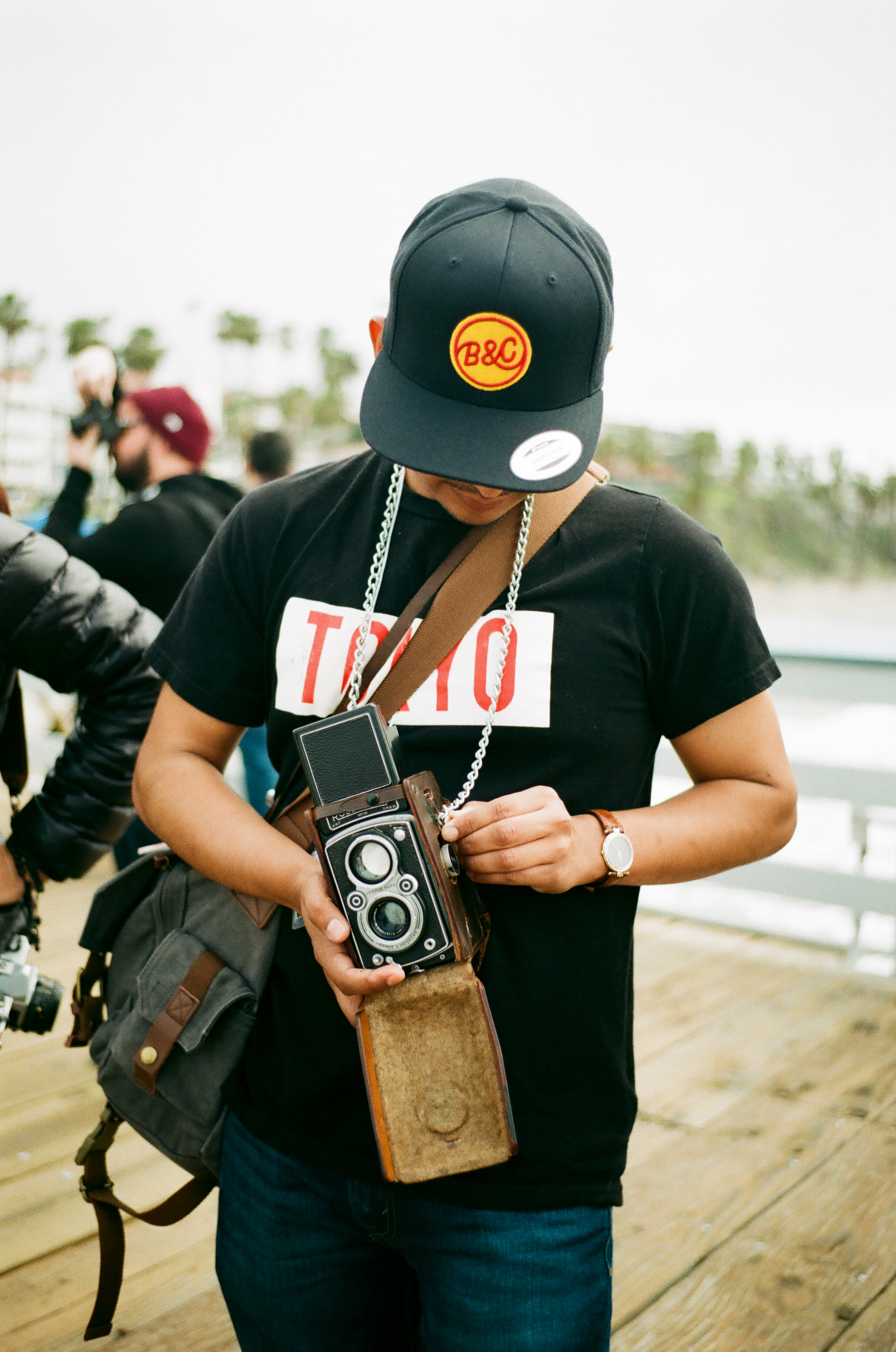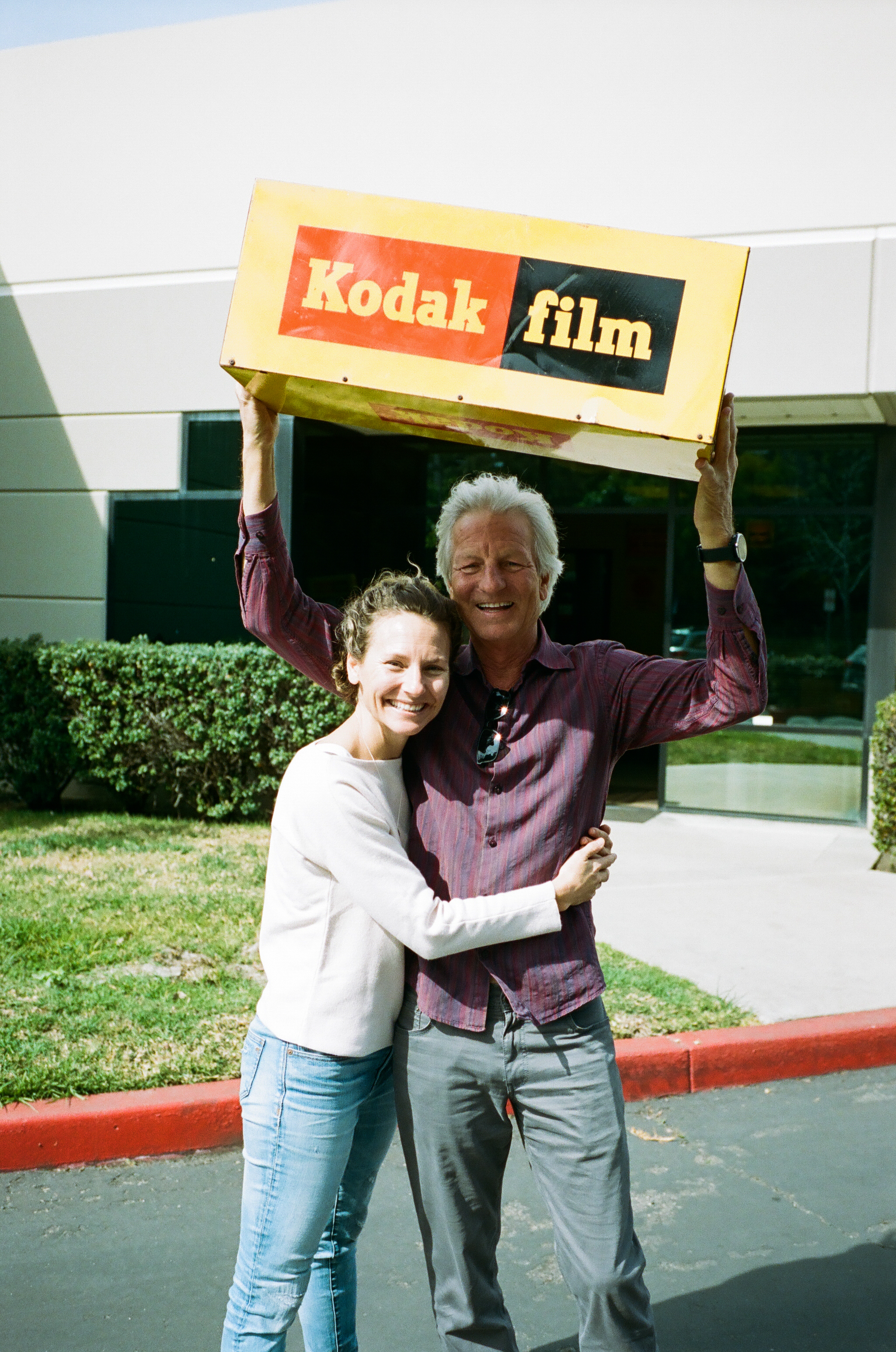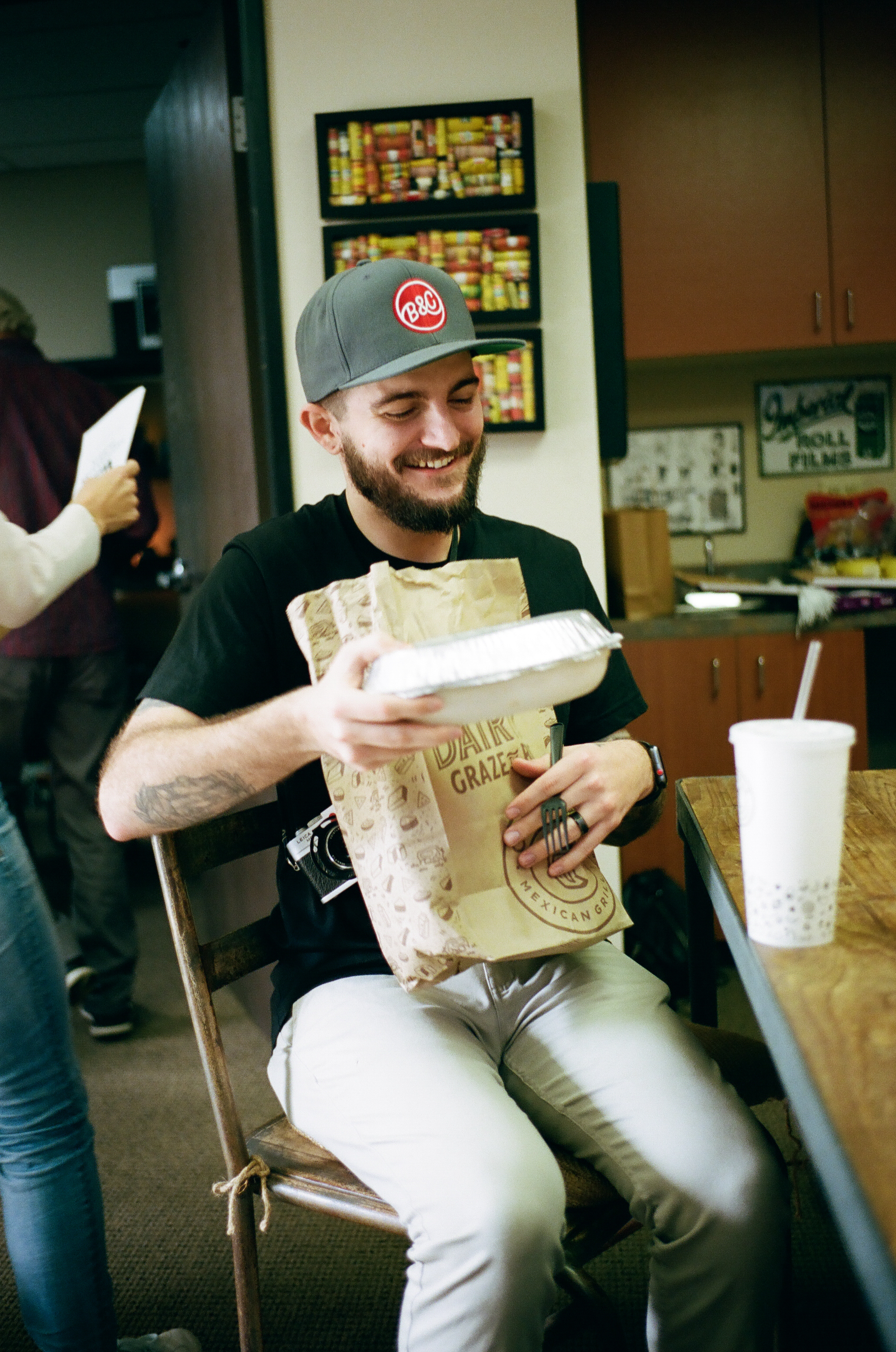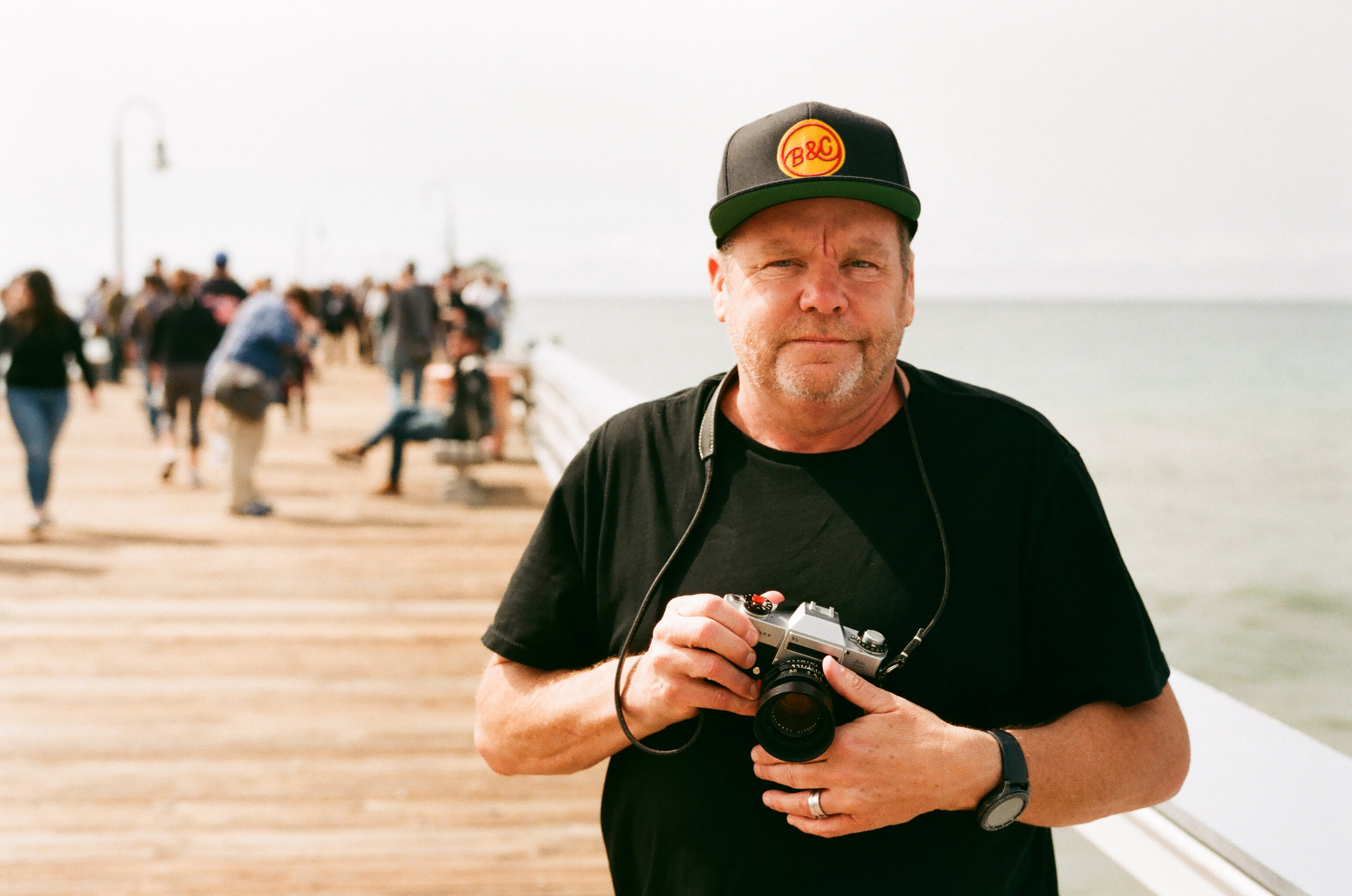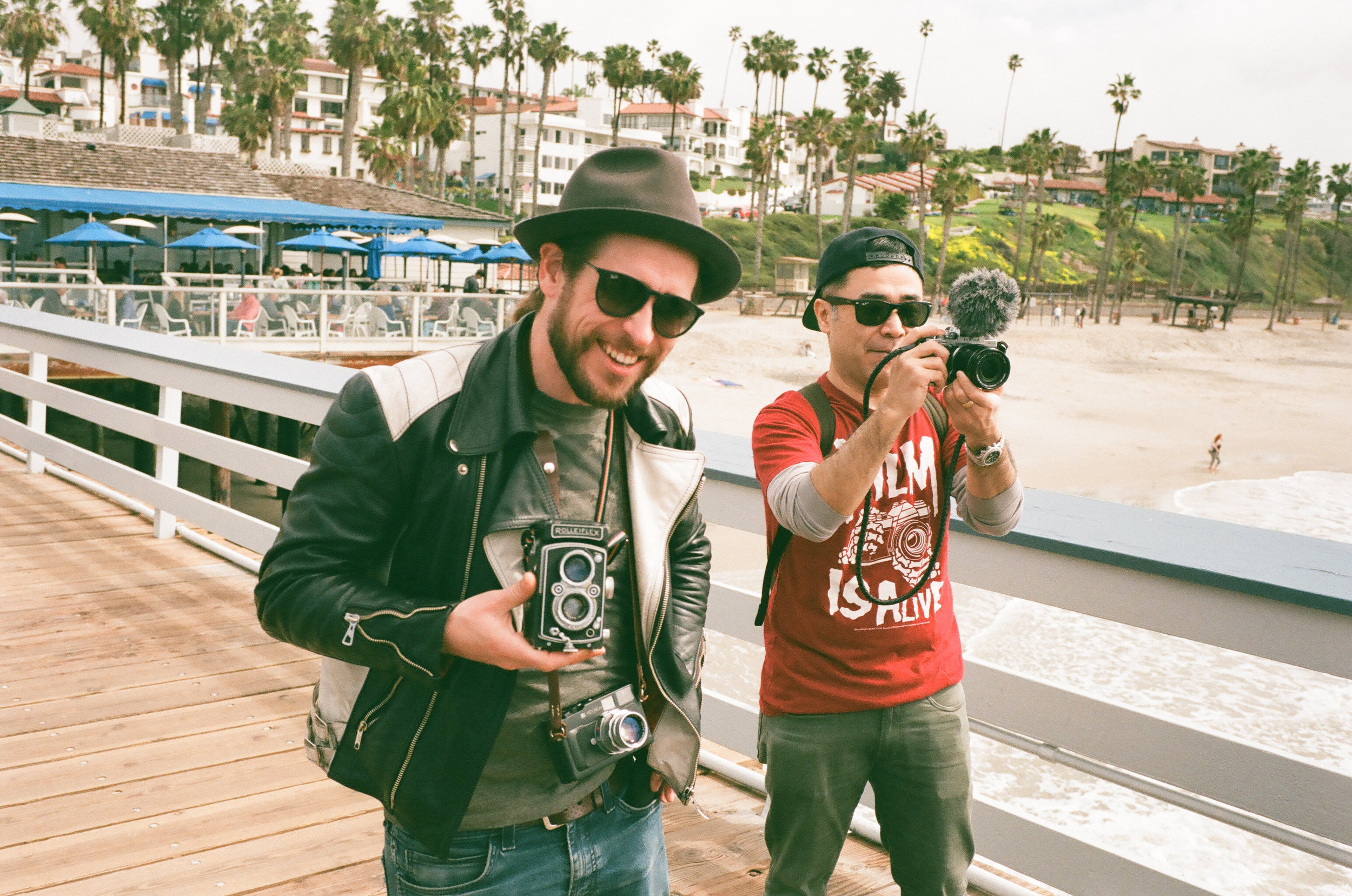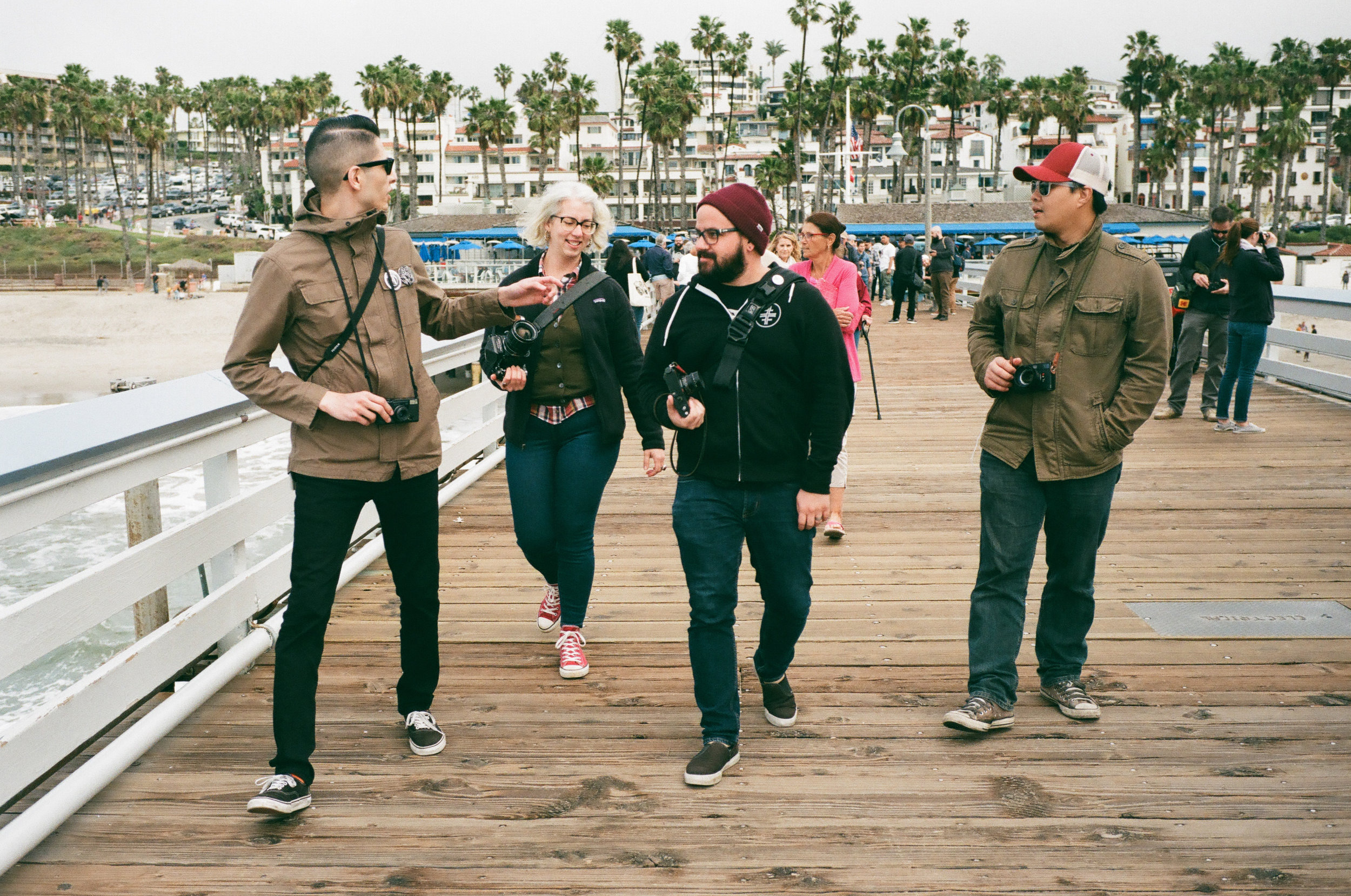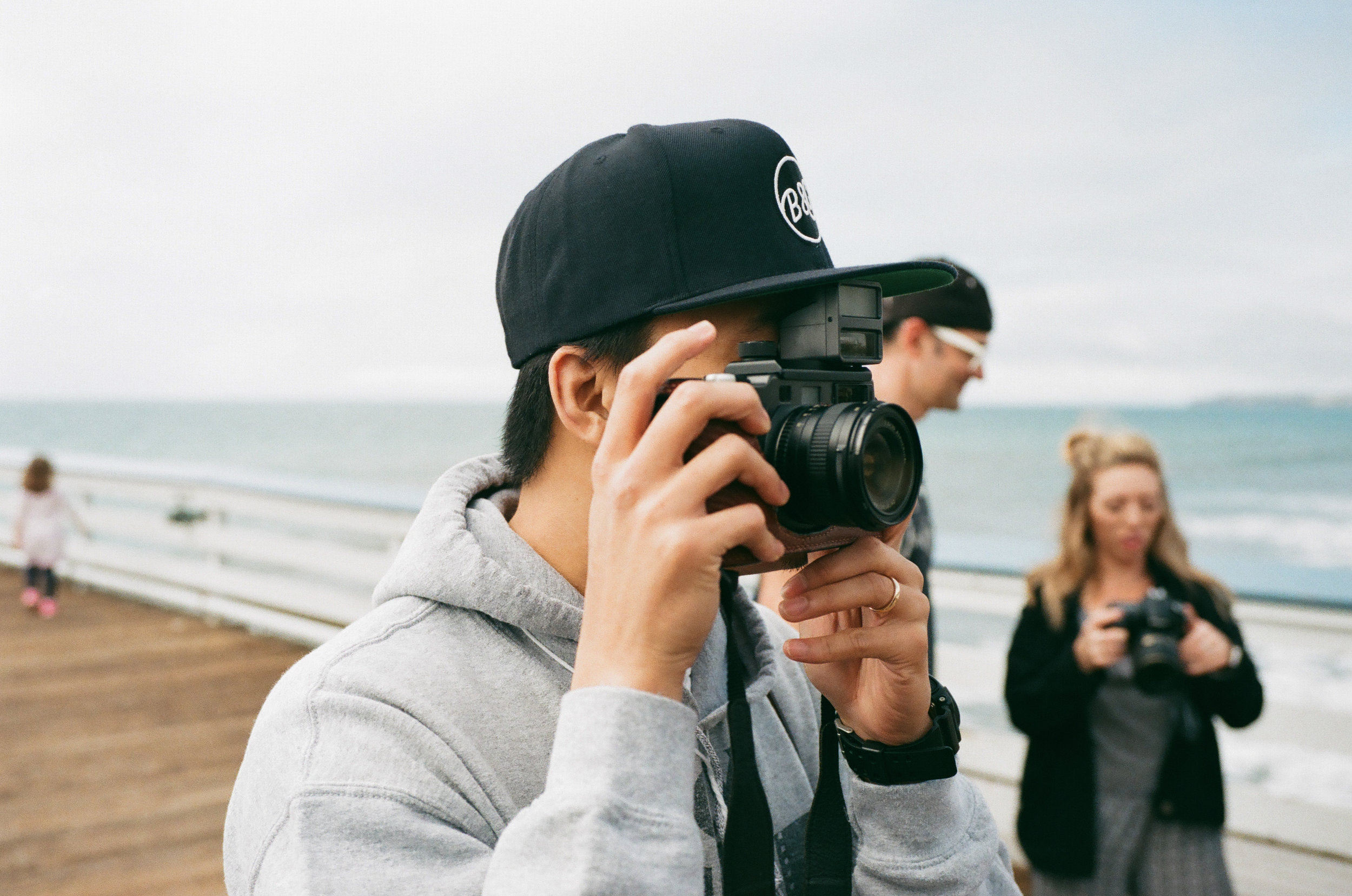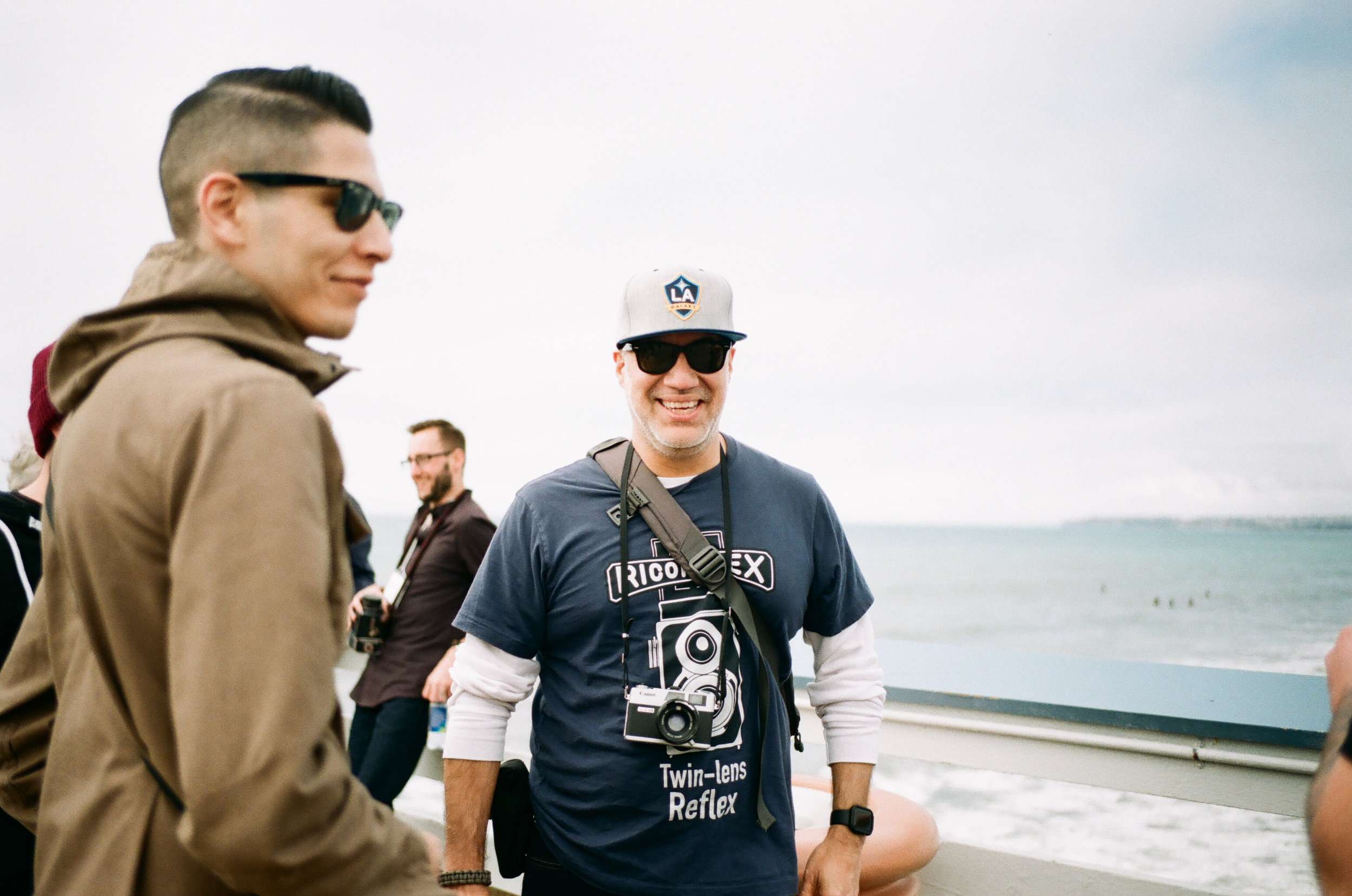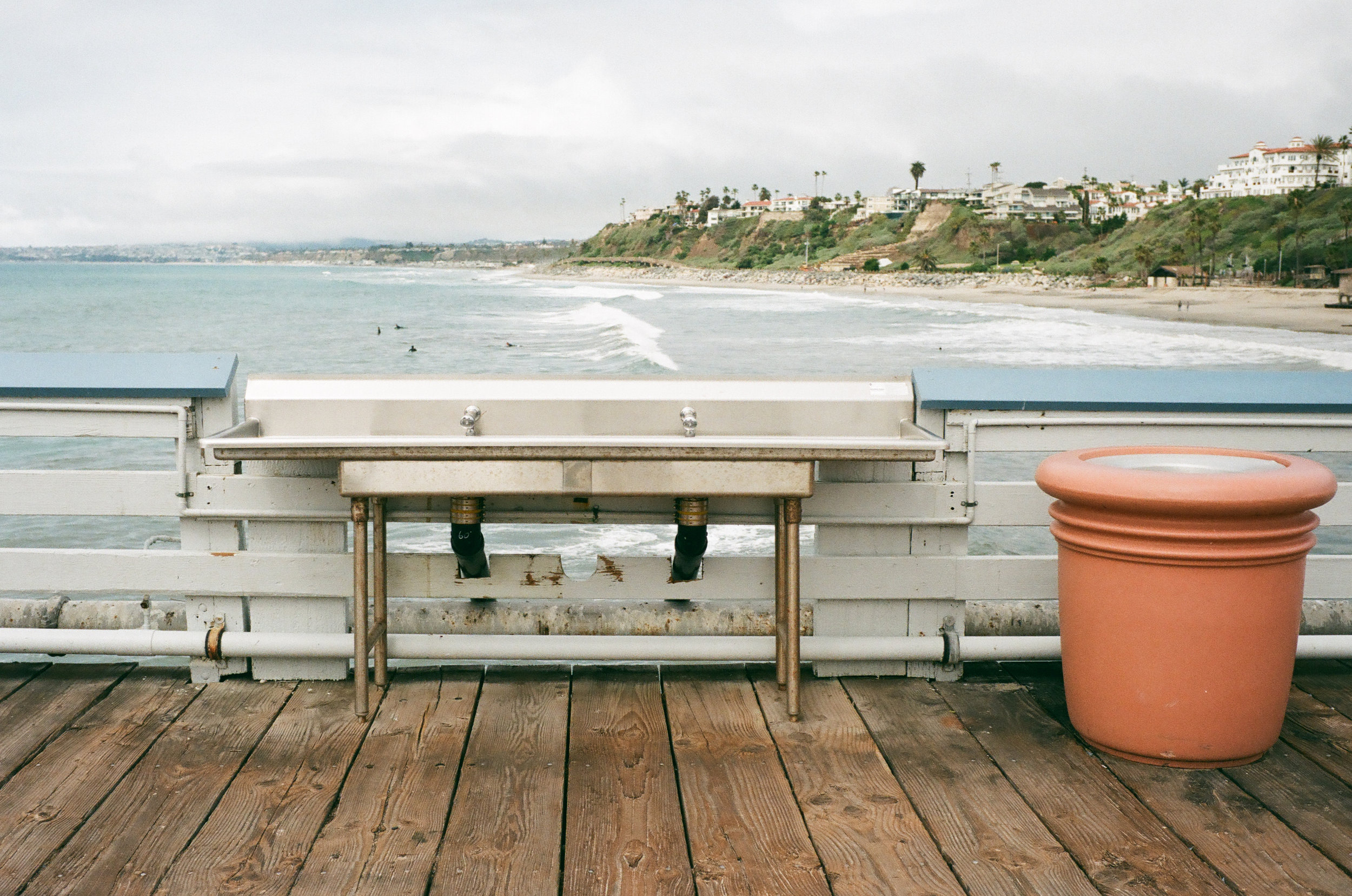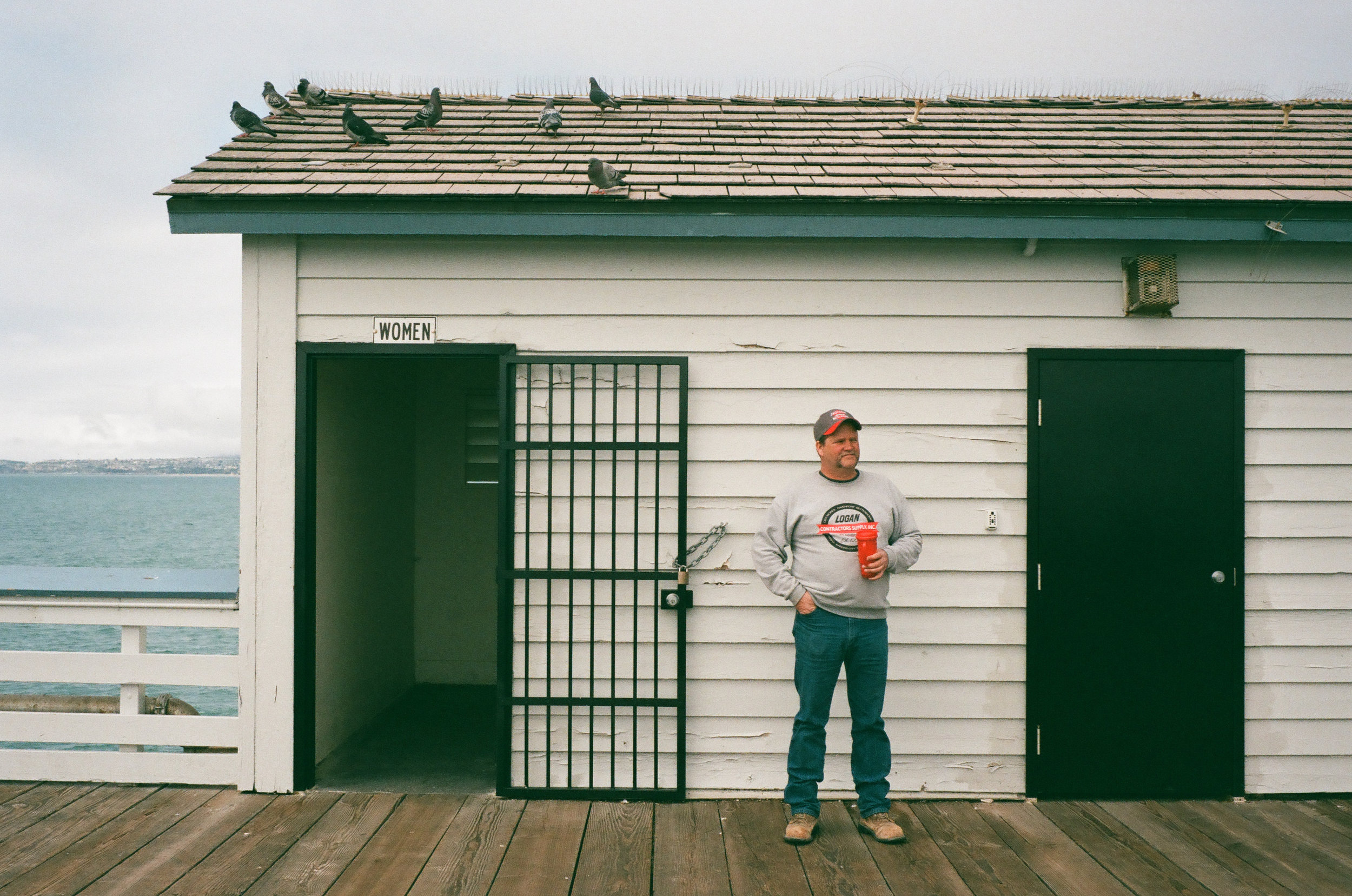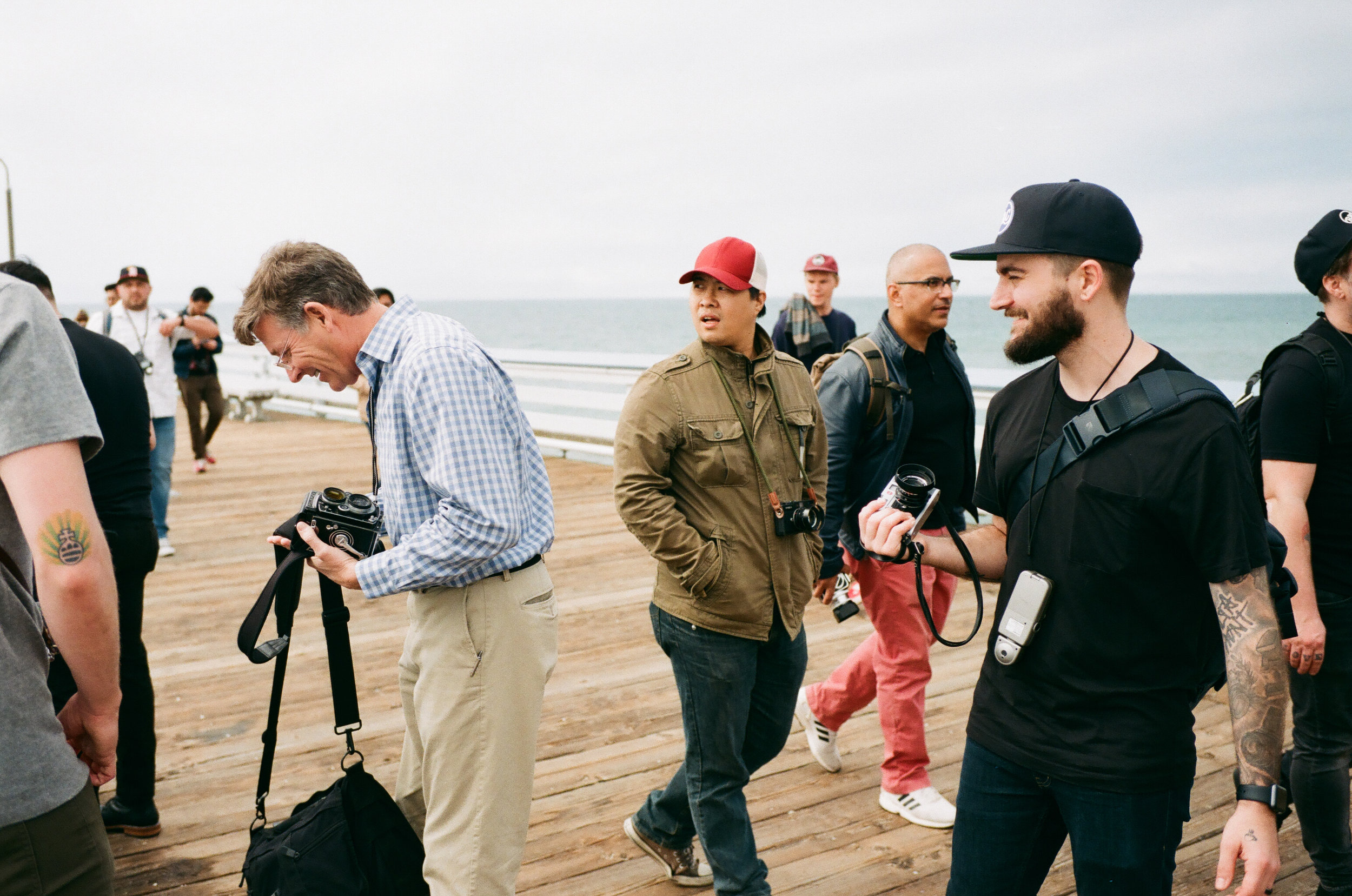Part 1: Voigtlander 35mm f2 Ultron Review
Ultron on Leica M9 with Vi-Vante Ultimate Phoenix strap
Options make things hard when car shopping these days. Every manufacture produces an offering that provides safety, gas mileage, luxuries and reliability that far exceed anything created 10 years ago or older. Much like how driving a Kia today has lost the negative stigma it had in the nineties, due to improved styling and engineering, one can almost concider their quality on par with Toyota and Honda alike. The same can be said for camera and lens manufactures. Currently I can think of a dozen different lens options that for 25% costs provide 90% of the IQ and experience of shooting with expensive Leica glass. The reign of made in Wetzlar meaning ultimate quality and one’s only avenue for excellence, is well… a very dated one.
Samples on digital cameras from Epson R-D1, Fuji X-T2, Leica M9 and Leica SL:



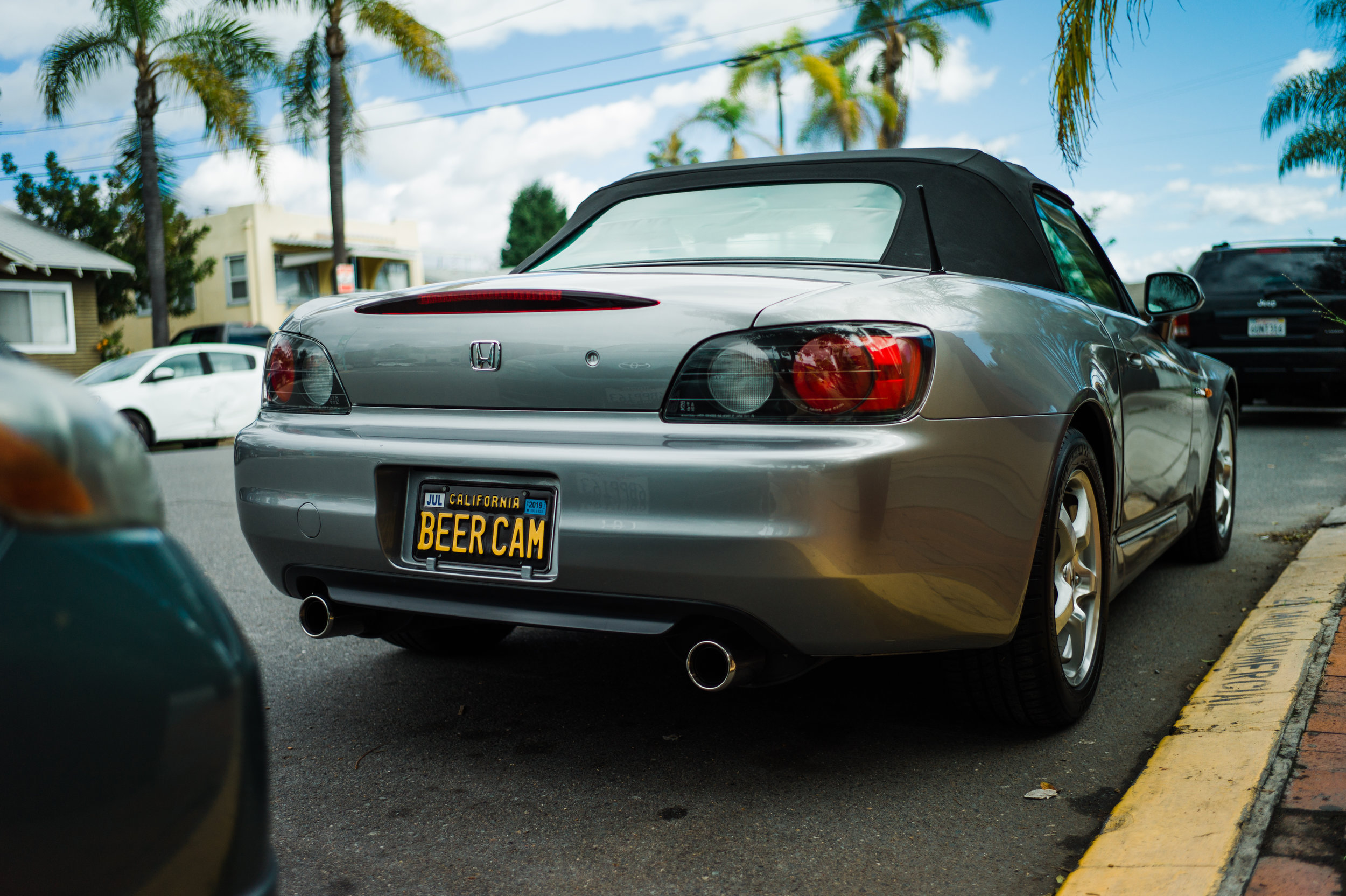
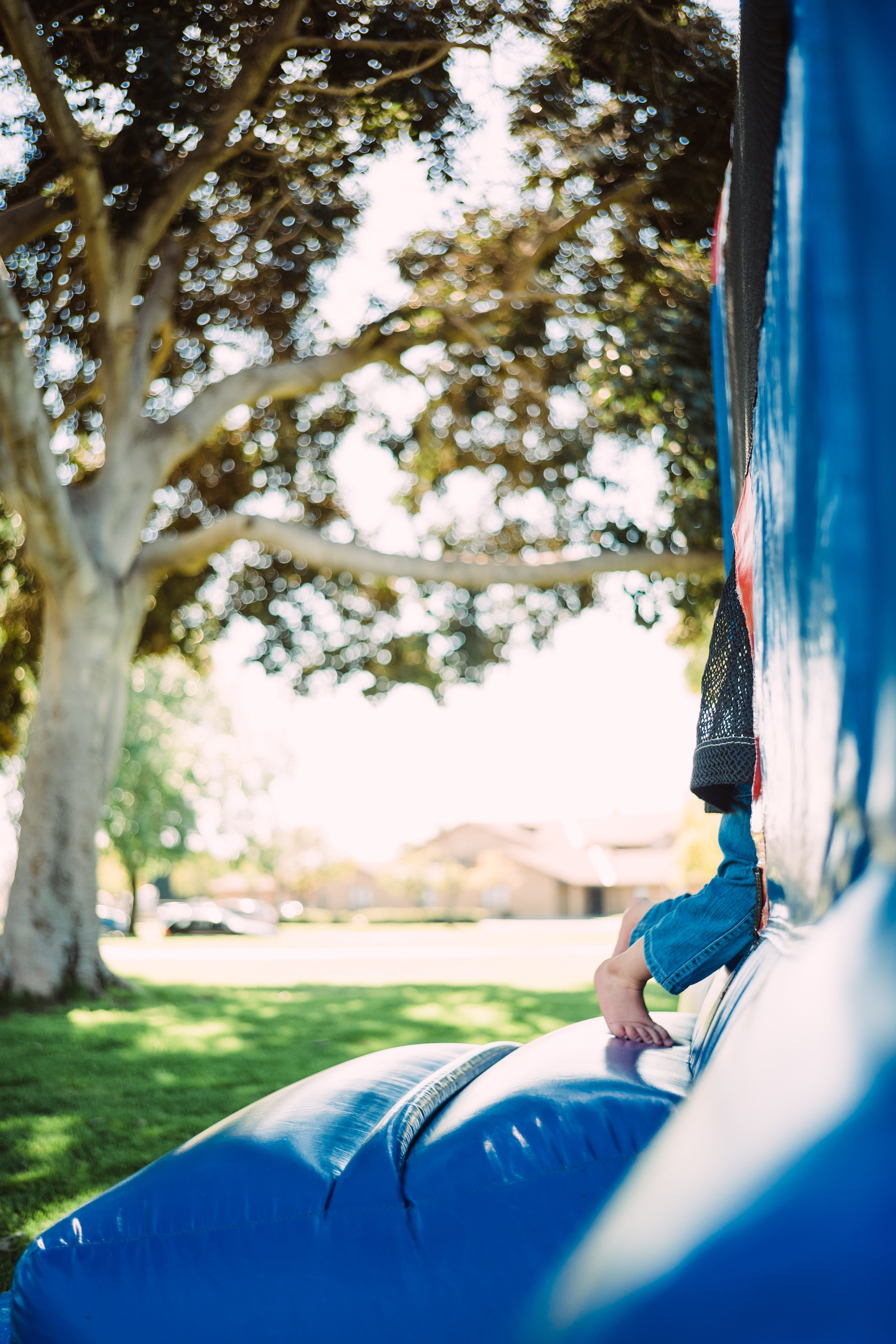





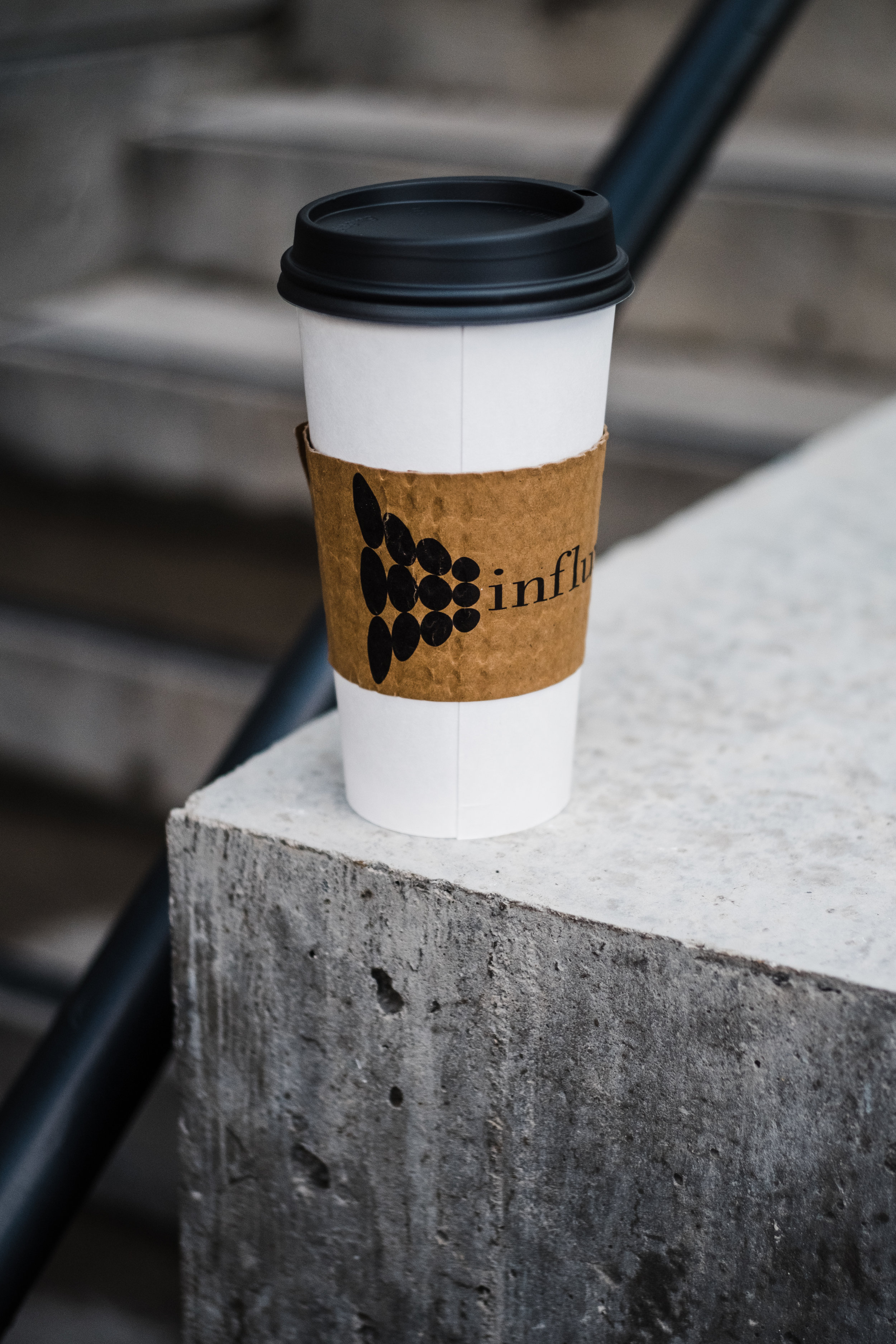


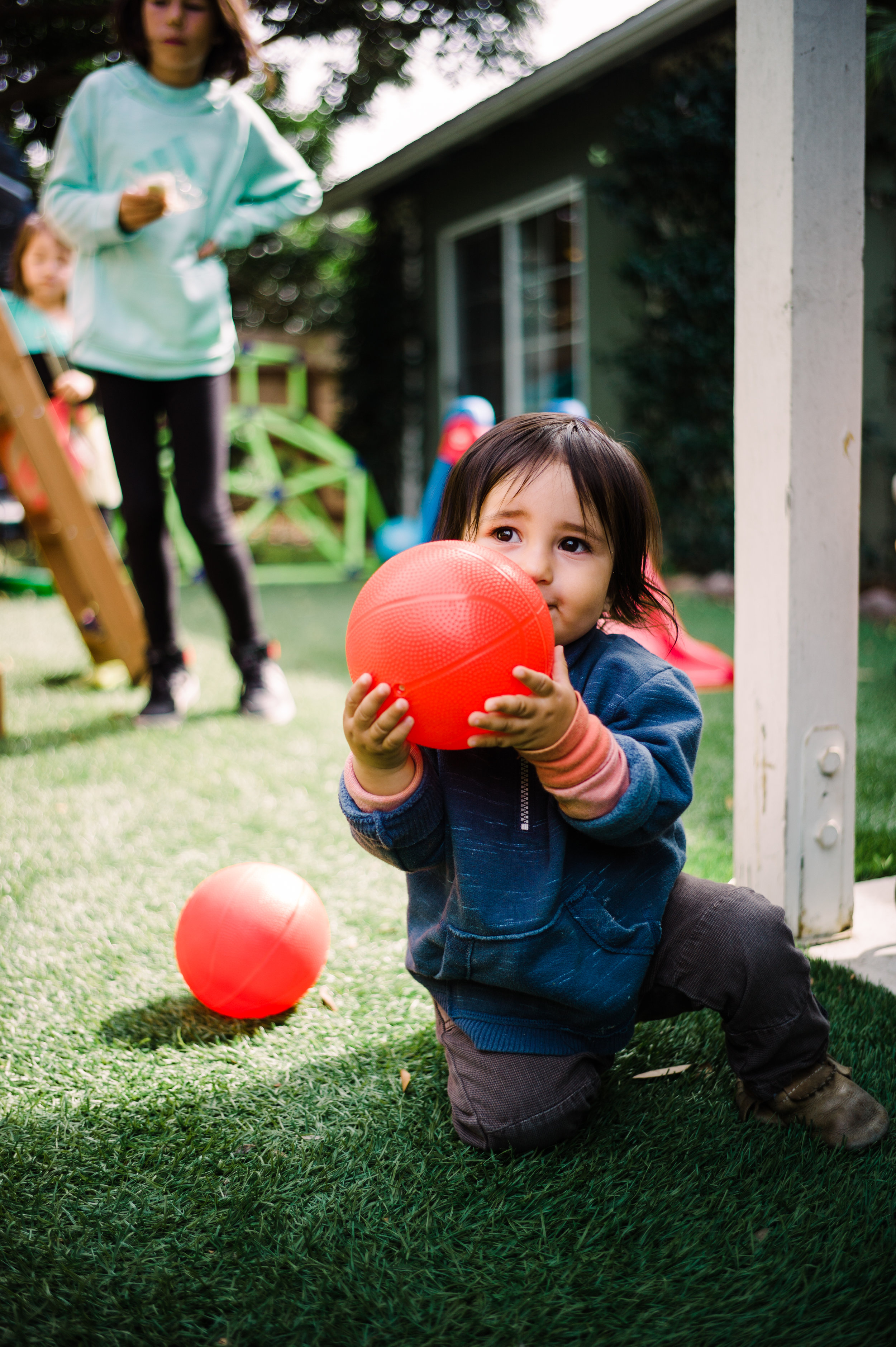
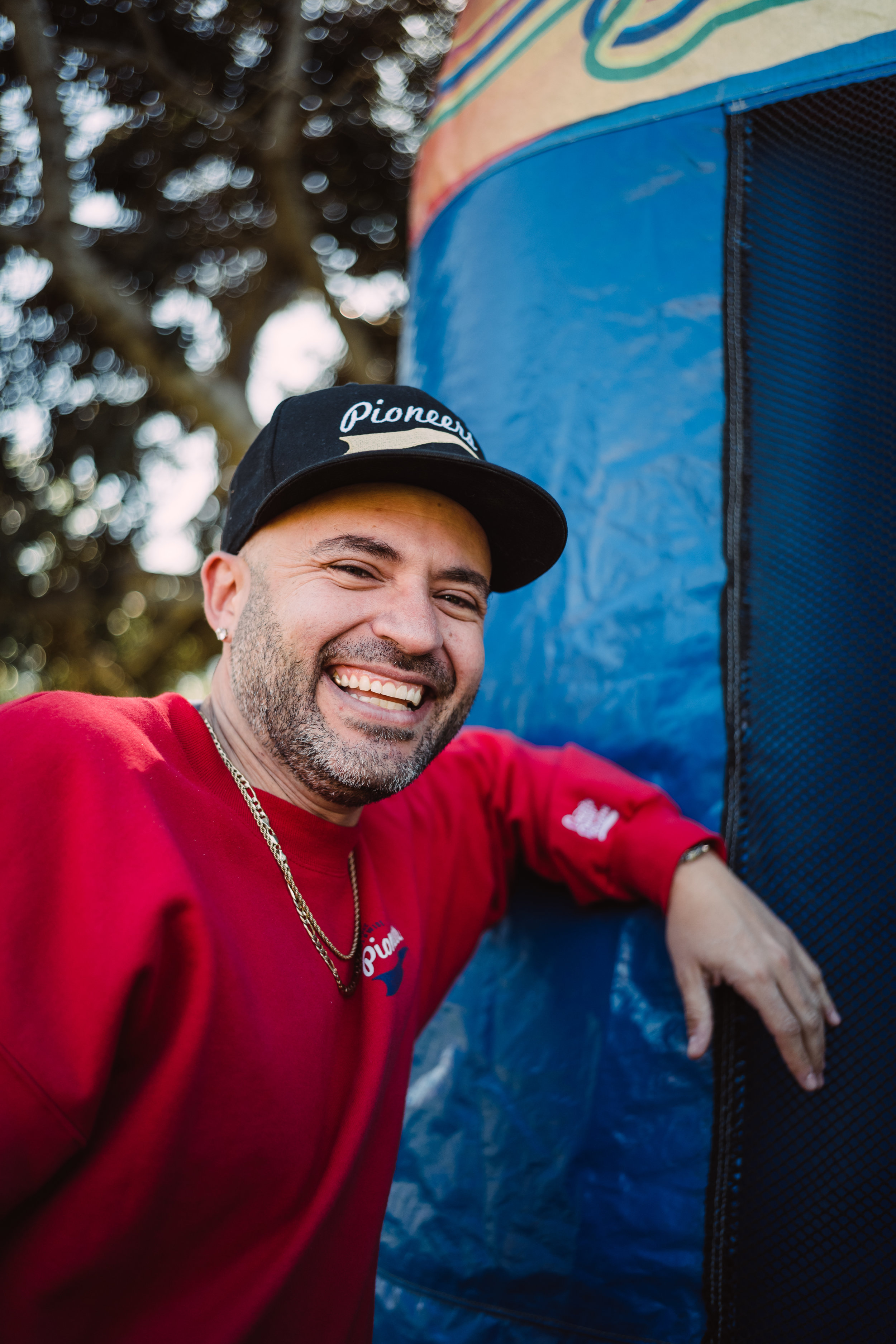
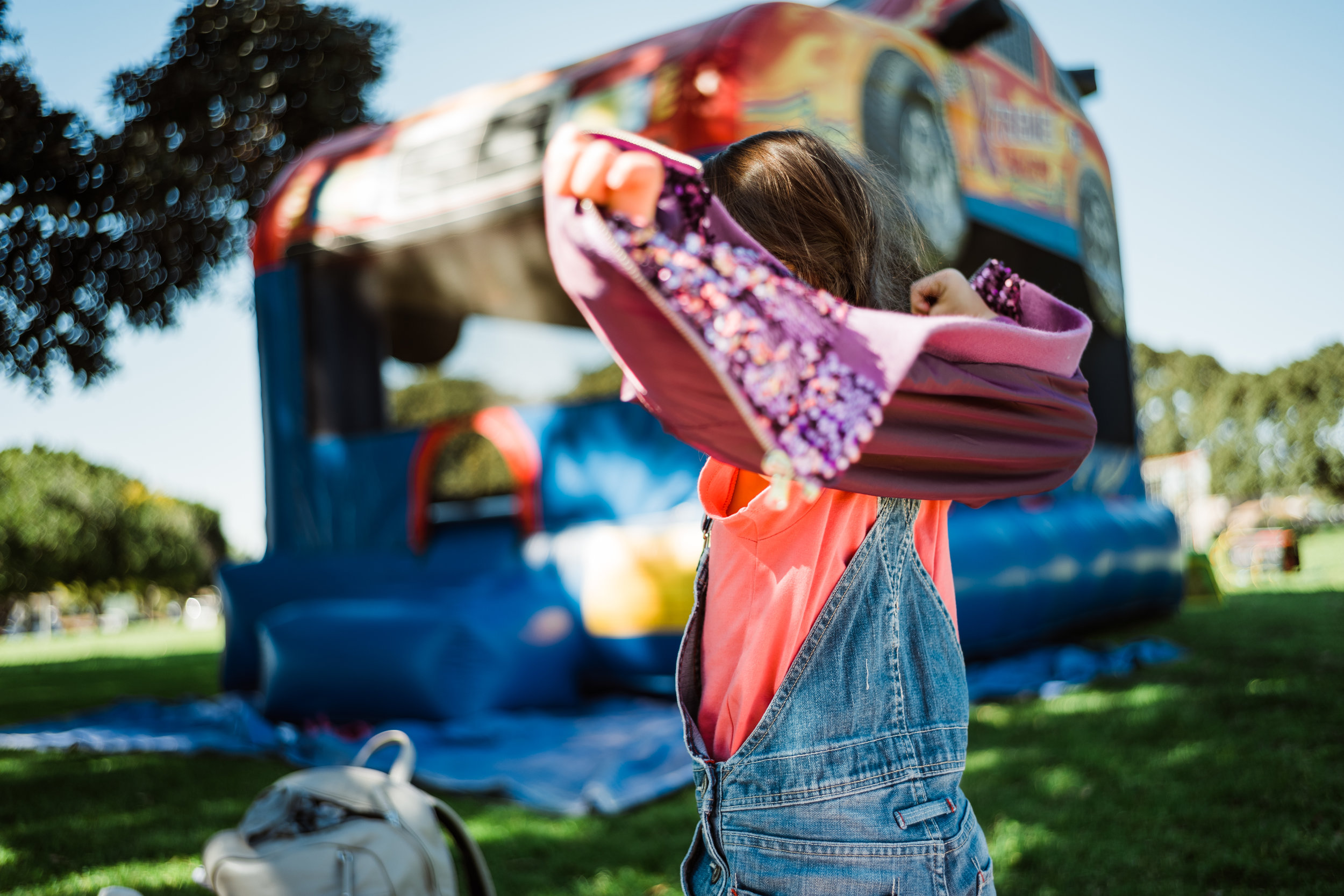
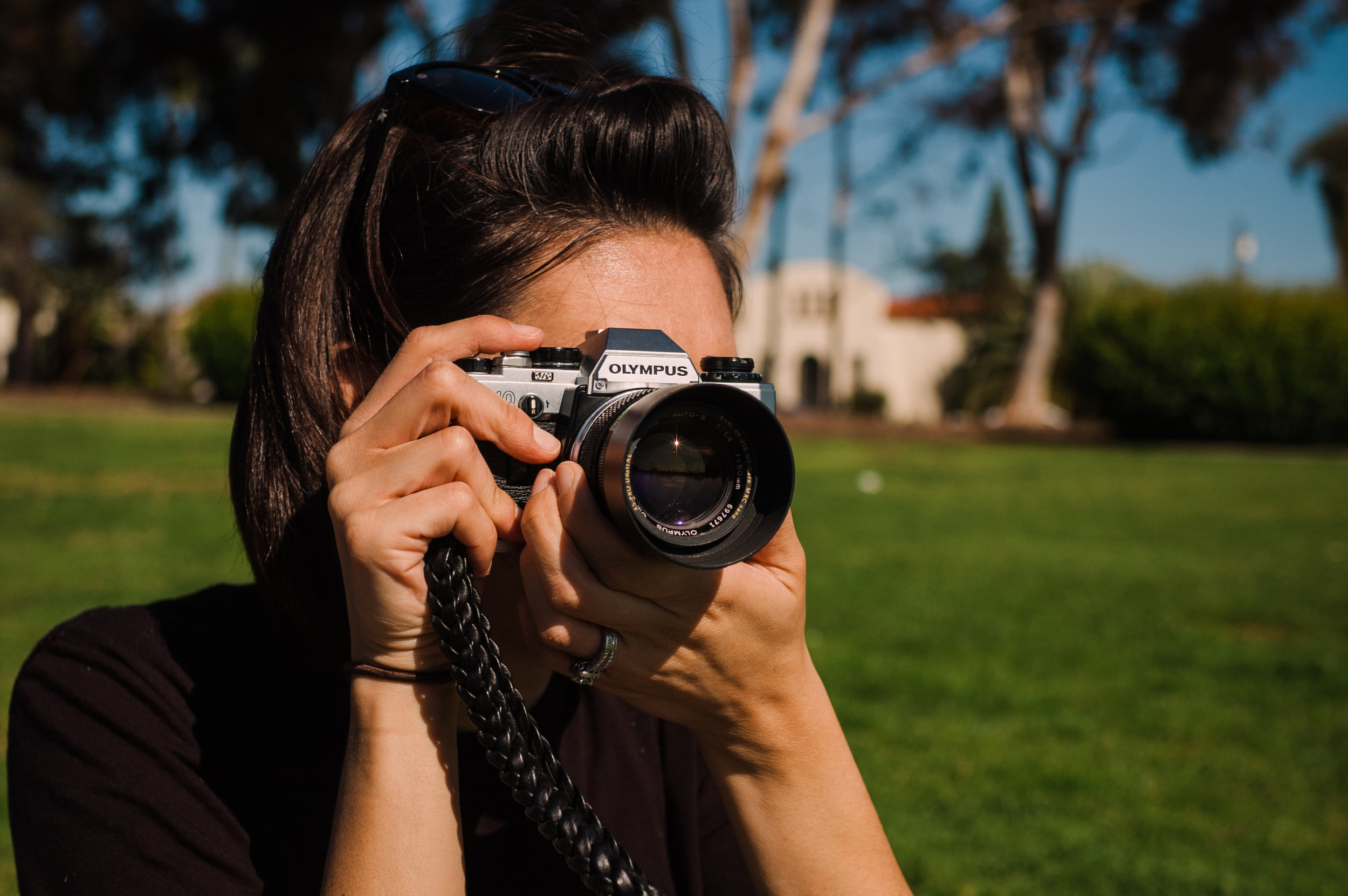
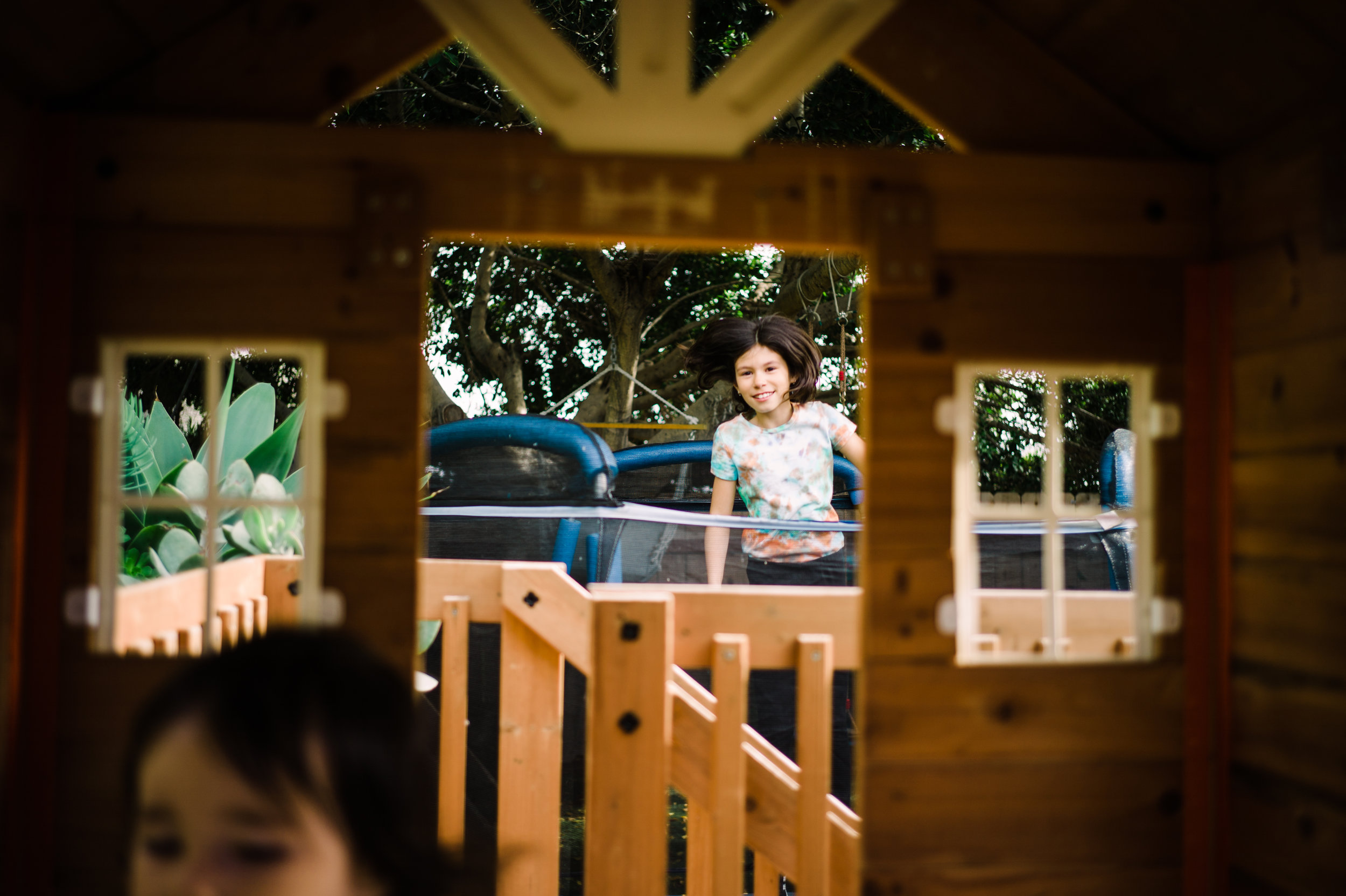
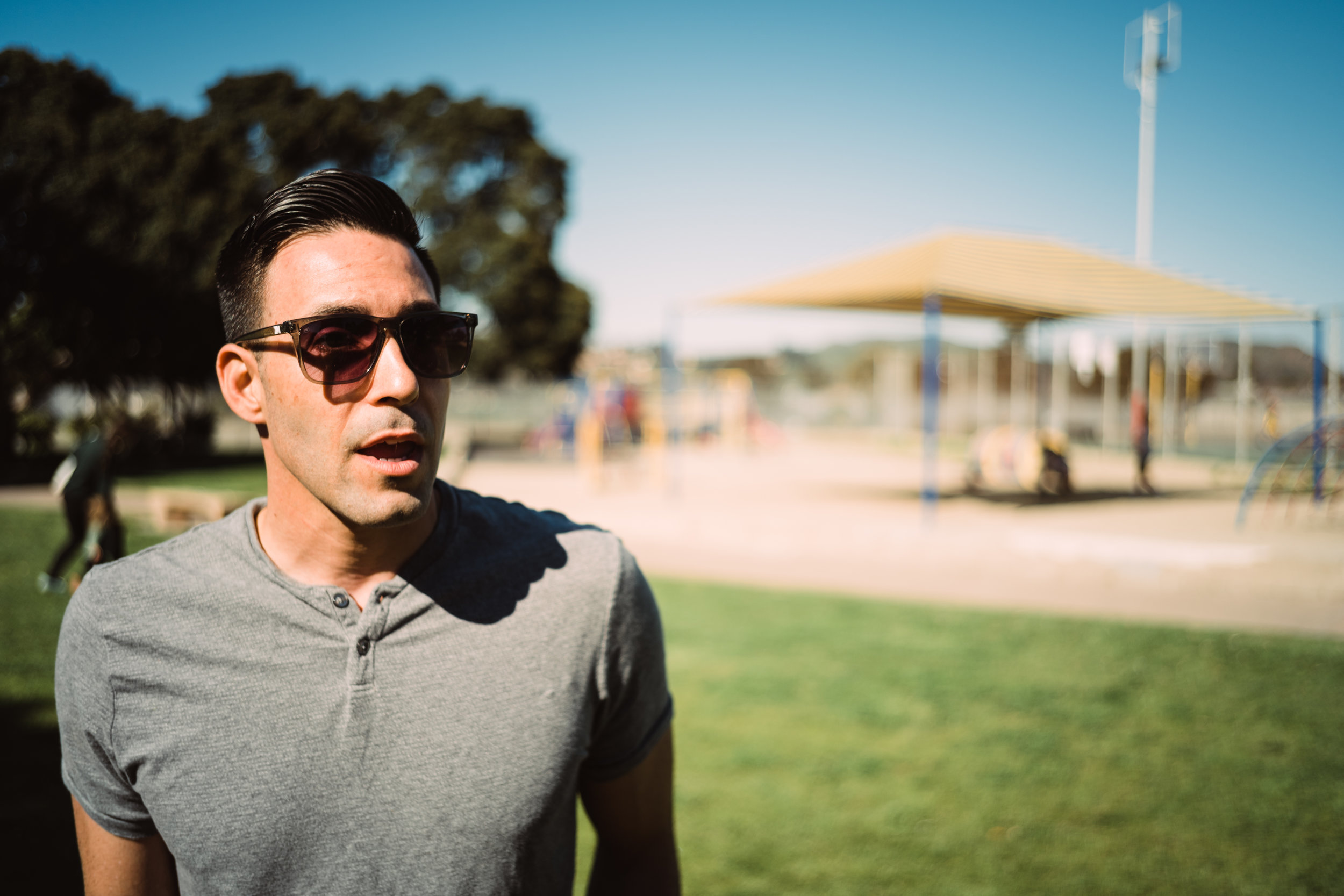

Where once you had to spend thousands to attain wide-open sharpness, low distortion, high quality coatings and quality of build now you can spend just several hundred. The margin of improvement that expensive glass brings is indeed highly dependent to how you shoot and your needs. For most shooters that means you can create amazing images from a $300-500 lens and not have to frustrate a spouse with a $3-4k purchase. So why then should you spend $800 for the Voigtlander Ultron 35mm f2? A price nearing Zeiss territory. What makes this lens tick the special boxes that make us want to shoot, want to create, want to immortalize? Let’s start with value.
Voigtlander 35mm f2
Leica 35mm f2 Summicron ASPH
Voigtlander 35mm f2 Ultron at f2 CROPPED
Leica 35mm f2 Summicron ASPH at f2 CROPPED
Lens test sample images here
Better bang for your buck? Doubtful. The Nokton 35mm f1.4, Skopar 35mm f2.5, Rokkor 40mm and Ultron 35mm f1.7 variants might be cheaper alternatives; especially when bought used. The Skopar is slightly smaller, the Rokkor 40mm a bit more “interesting”, the Nokton and Ultron f1.7 version faster (and it is really smooth too) but with funky scalloped focus-ring ergonomics, the Nokton f1.4 is an option as it’s nice and compact but you have to deal with distortion and some focal-plane issues (least my copies). Then of course there are several Zeiss options, but all are all more expensive new than the Ultron f2 is new; used prices close this gap however. So let’s concider them really quickly. The 35mm f2 Biogon is larger, the 35mm f1.4 is much larger still and well beyond the price bracket leaving only the 35mm f2.8 Biogon as a close competitor, but even that lens is larger, slower aperture and really only provides equivalent IQ for similar price but lacking anything special that makes one want to choose it or more importantly want to shoot it. And we should want to shoot our cameras afterall. Its closest competitor is actually the Skopar 35mm f2.5. At essentially the same size and speed its tempting to want to pay half the price for what on paper seems like a similar lens. But wouldn’t you pay just $400 to essentially get the IQ and performance of a Leica Summicron? That’s what you get with the Ultron 35mm f2, and we have test shots to prove as much. But what about that focus lever???
Ultron on Epson R-D1
LH-12 Hood
Ultron on Leica M6 Classic
The focus lever has been a sore spot for a lot of folks interested in this lens and I get it. At first glance the “stick” style knob looks a bit out of place on a modern lens but when concidering its vintage styling, the move makes sense. In use the stick style knob is actually more comfortable than expected, and I go from liking it to wishing it had a normal “tab” style knob back to thinking it fine. But I will say that it’s the biggest gripe we have with the lens and a small one when most list of gripes start and end with price and size; clearly neither an issue here. Regardless we have a solution; stay tuned ;-)
Ultron on Leica M6 with Acros 100. Developed and scanned by The Darkroom
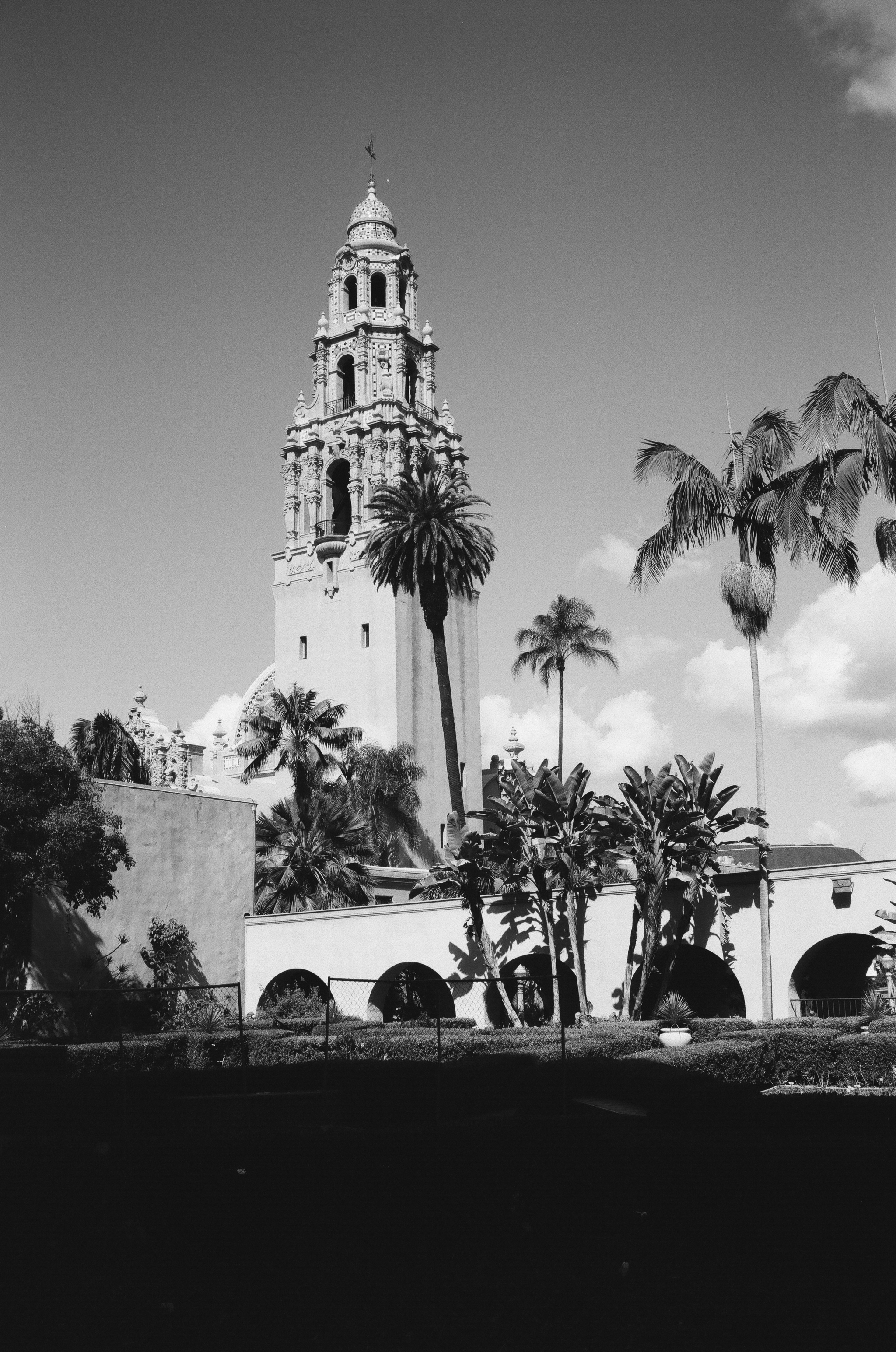





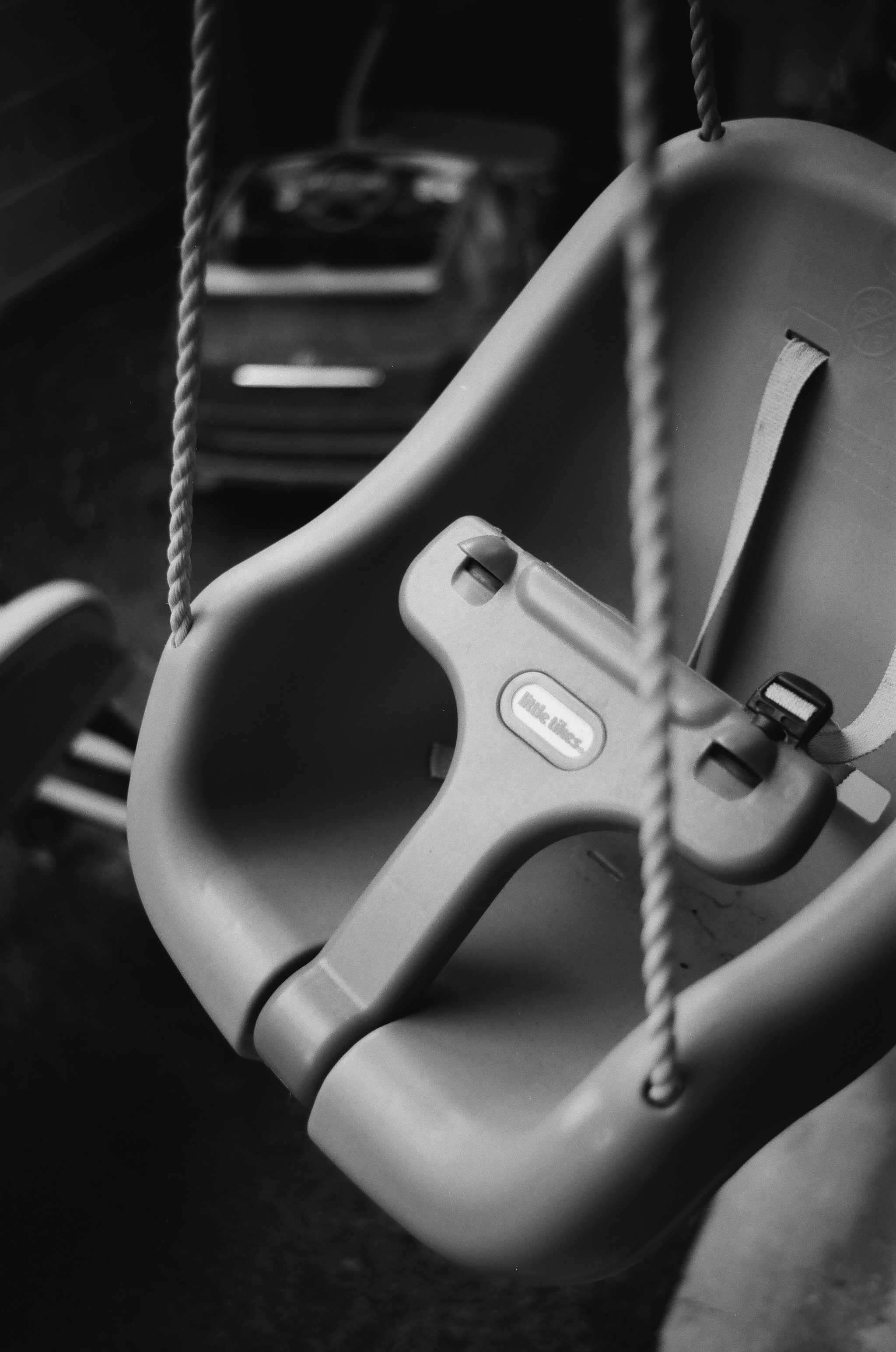
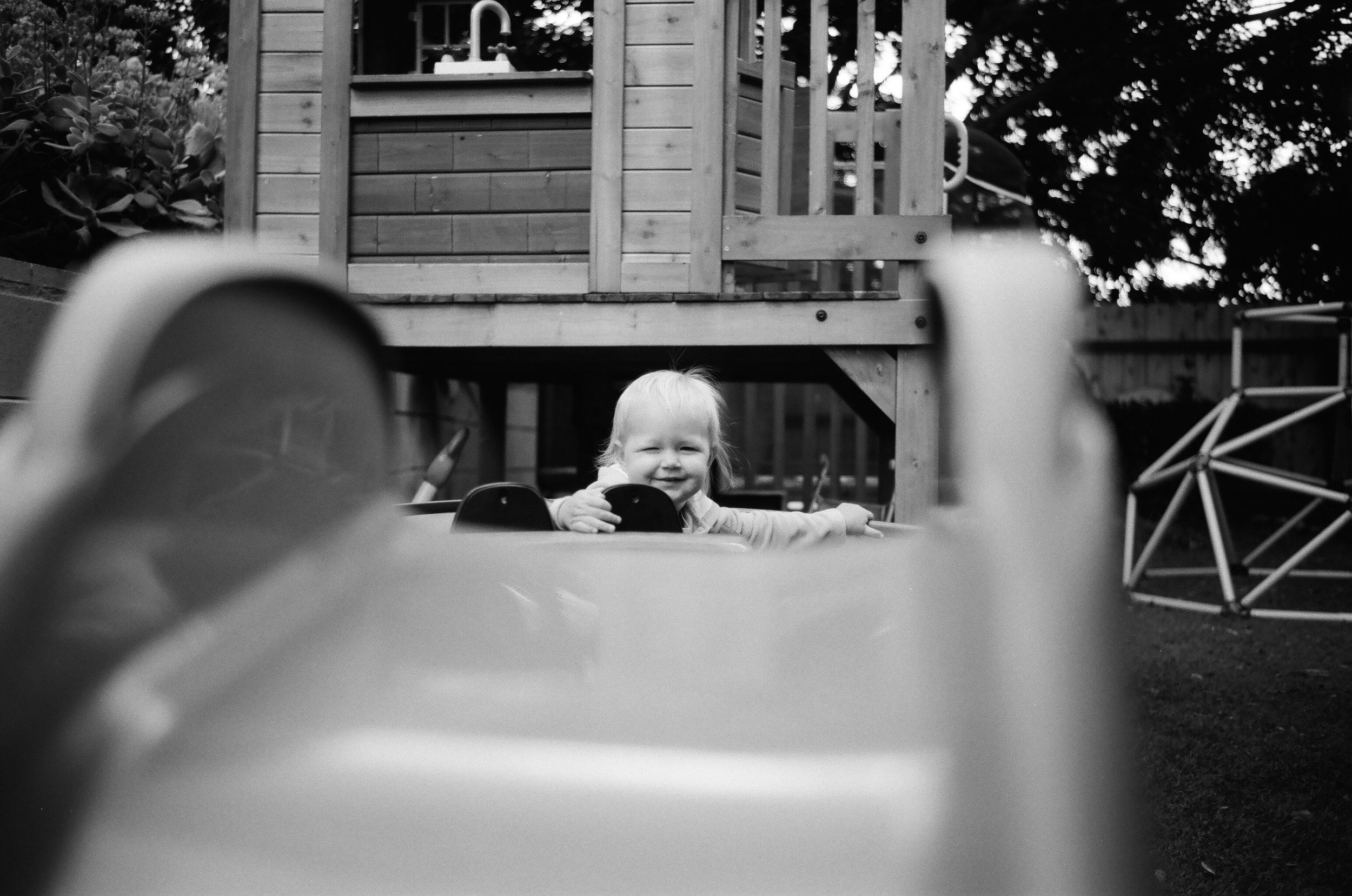
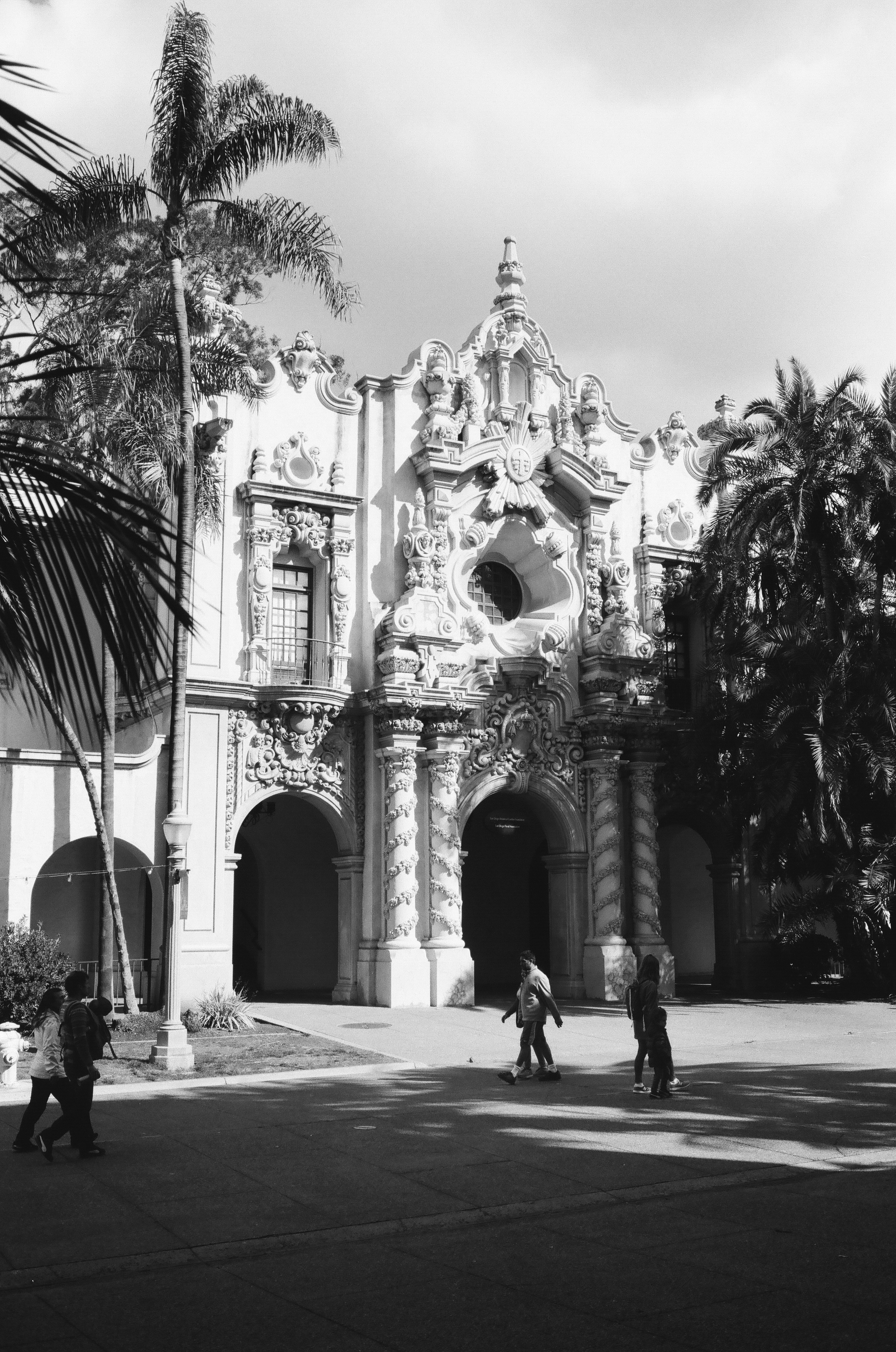
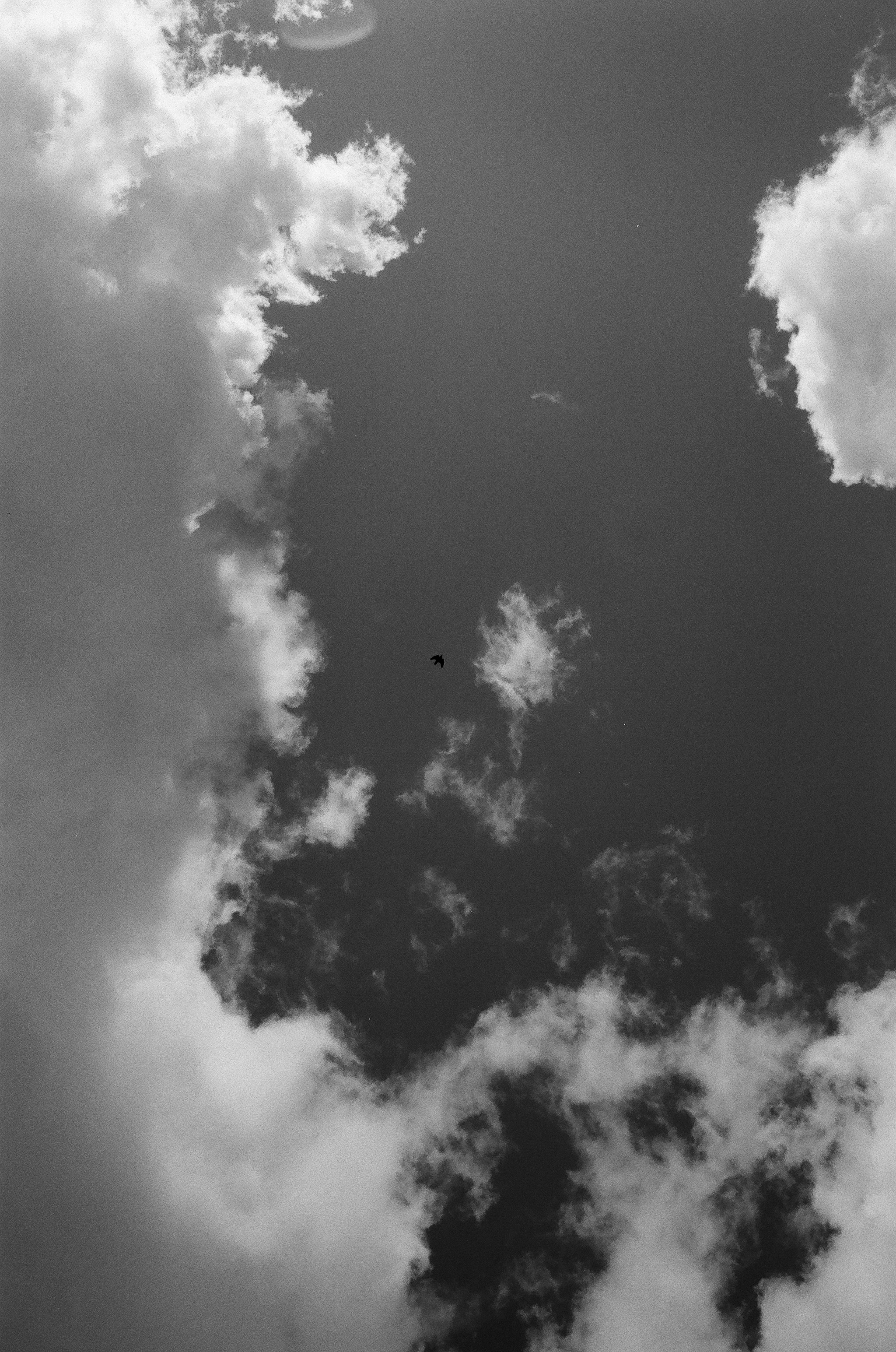
The new Ultron 35m f2 is about shooting it every day and everywhere. This Voigtlander brings with it aspherical elements, small size, a (relatively) fast aperture, super sharp & tasty contrasty images plus wide-open and resistance to lens flare that compares to Zeiss coatings (I’ve had varying experiences with Ziess and their abilities in back-lit situations tho). Add to this impressive list excellent build quality with smooth focus ring, snappy but damped aperture, M-mount for adaptability and circular out of focus bokeh when stopped-down and it’s a perfect match for digital and film rangefinder alike. Did I mention size? Tiny. And even with the new slightly larger hood that has been made for it (Voigtlander LH-12 $79), it looks right at home on a Voigtlander Bessa, Leica M3 right on thru M10 and of course mirrorless options like the Fujifilm X-T3, Leica’s CL/SL and Sony. And the IQ is amazing! I dare say it’s a ‘bokeh king’ of sorts, much like the OG Leica one because for being an f2 and on the wider side, this lens rocks portraits and has an ability you smooth backgrounds like a faster lens would.
Stay tuned for a follow-up by Eduardo Acosta and a video on our YouTube about this lens in further detail.
Ultron on Leica M6. Developed and scanned by The Darkroom of course!
